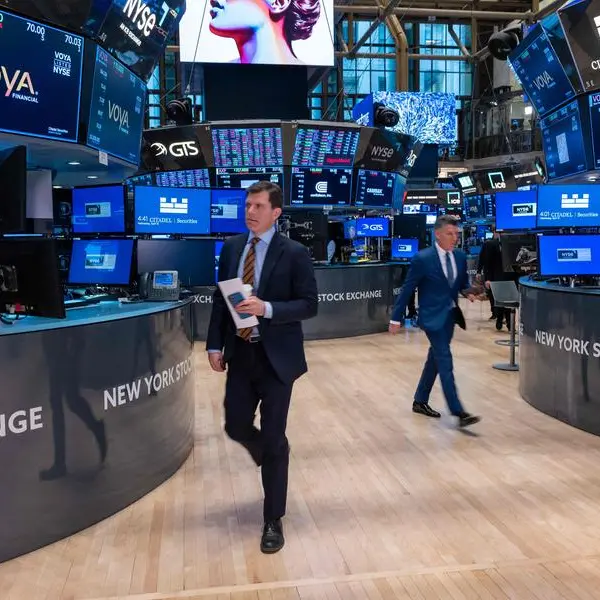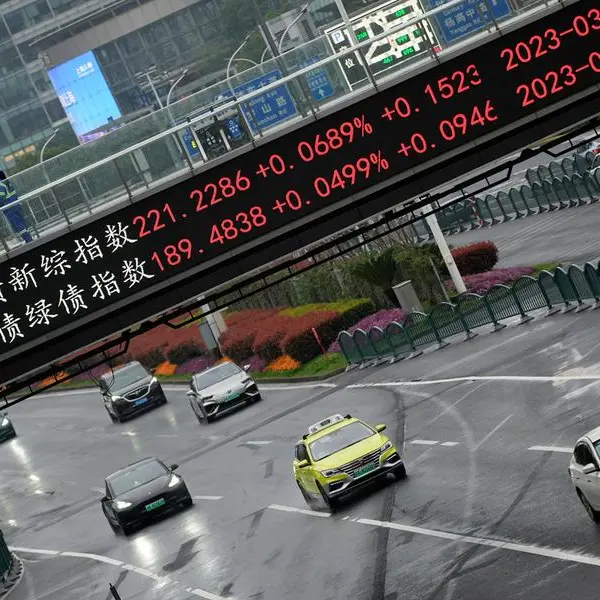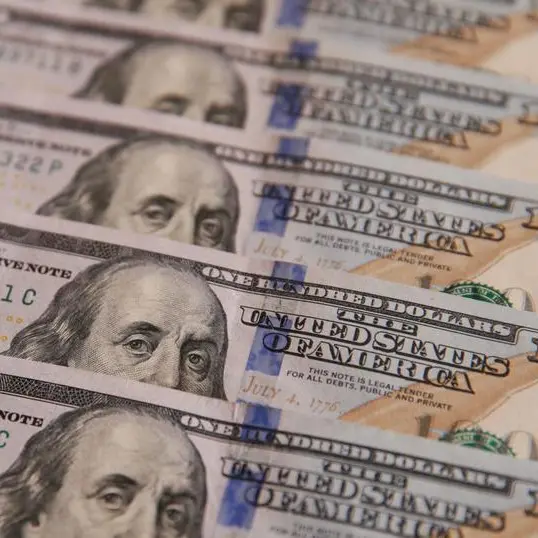The world is facing its deepest economic contraction since the great depression, and without a doubt its most brutal. Global activity cratered at a double digit annualized rate in 3 months. Out of the billions of people sent home by the outbreak-related restrictions, an estimated 50 million have lost their jobs, threatening a primary driver of growth: consumption. Entire sectors are devastated, across manufacturing and service activities. The shock from a vicious, exponentially spreading virus will have lasting consequences on the way we interact, work, learn and live.
Back in 1929, the Dow Jones lost -40% in weeks, and a cumulative -90% in the following years. During the great financial crisis, US stocks lost -60% in 2 years. So far in 2020, as we write (May 19th), global stocks are down -11%, after having returned +28% in 2019. In China, where it all started, domestic shares are just down -4%. In the US, home to one-third of the global COVID19 cases, the technology-rich Nasdaq index is up +3% year-to-date, at its all-time high.
No surprise then, that ‘disconnection’ is the buzzword. Last week, influential, if not legendary figures from Wall Street have unanimously voiced concerns on overvaluation, predicting a crash on US stocks. On May 11th, Goldman Sachs’ US Equity Chief Strategist has quantified it at around -20% over the next three months, which would crash the S&P500 from the current 2900 to 2400. Don’t panic, the very same Chief Strategist also has a year-end target of 3000 - his bets look covered.
No doubt however, that the current situation is perplexing. As our readers know, we had sold equities in February (the month of Denial), precisely on valuation concerns. We then bought them back quite aggressively in the middle of the March crash (the month of Panic) and kept them during April (the month of the Rally). Should we sell in May and go away? This month definitely looks like a moment of truth: as most of the containment measures are being eased everywhere, the economy has to start the rebound that markets have already priced-in.
Coming back to the disconnection between US stocks, represented by the major index S&P500, and reality. We suggest to dive a bit deeper than just looking at its year-to-date performance. Its actual earnings multiple put in context, but also the composition of the index, and of course the short-term drivers of its price, matter. This should help us conclude whether May is the month of Complacency.
Let’s start with the valuation multiples. Before the pandemic, the consensus of analysts was expecting total earnings per share for the S&P500 to reach $175 for the calendar year 2020. This has obviously been dramatically cut, to $130 currently, 25% lower. As we write, the index is worth 2900 so the P/E multiple is ~22 times. From a historical perspective, it is indeed very expensive, compared to a typical 16-18 times range. Goldman Sachs’s 3 months prediction would not even put the multiple back to its historical norm (even if the same Goldman Sachs, remember, predicts a year-end multiple actually higher than 22). Having said that, the very nature of markets is to anticipate, in the same way that the very purpose of market strategists is to predict. They anticipate the economy to rebound from H2 and in 2021. Let’s take the assumption that earnings in 2021 recover to $150, which doesn’t look that aggressive as it would still be below 2019 level. The multiple would still be high at current prices, at 19.3. This is where context matters. The equity multiple should of course not be considered in isolation, as investors are currently chasing the most interesting asset class. In a simple approach, equity expected returns are theoretically the underlying profits, should they be distributed through dividends or reinvested. Profits may fluctuate but inflation also helps (stocks are a nominal asset) so over the long-term it’s not a bad approach. If you pay 20 times, this simple measure of expected return is 5%. Now you can compare this with the risk-free rate, typically treasury bonds, and look at the difference, which is a simplified equity risk premium. It is historically around 4%, which is the additional return you expect from stocks given their relative risk. With the US 10-year treasury yield now at 0.7%, this measure is actually slightly better than the historical norm. Stocks are not dramatically overvalued compared to bonds, and even, if you think that some inflation might come back in the long-term, they may be more compelling.
Now let’s look at the composition of the index. The time of industrial giants and oil behemoths dominating the stock markets are long gone. Information technology accounts for 26% of the S&P500, plus 11% for communication services (Google, Facebook, Netflix…). Healthcare is a heavyweight at 15%. The consumer discretionary sector, which follows at 10%, includes Amazon for 4%. Adding the most essential goods, i.e. consumer staples and their 7% weight, we see that an astonishing ~60% of the US stock market is made out of sectors which are relatively protected against the current economic shock, including some which are outright beneficiaries. The weight of energy is now 3%, and other commodities less than 2.5%. Looking at performances, energy, financials and industrials have all lost between -20 and -40% in 2020. This doesn’t look complacent and doesn’t really show the expectation of a “V shaped recovery” that many are reading in stock markets. Yes, headline number looks like it is priced for perfection, but it is not overpaying deep cyclical companies with high levels of debt. Of course, we only talked about the US but valuation multiples are much cheaper in the rest of the world.
The final point is about what drives the market prices in the short-term: ‘flows’. Investors’ sentiment is depressed, and so is positioning. Looking at performances from multi-asset strategies and hedge funds, it is quite clear that many have been caught by the crash, cut risk, and didn’t fully participate to the rally. Euphoria, the certainty of an invincibly brilliant future for markets is the missing bit, compared to 1929, 2000 or 2008. In such a context, the market doesn’t need lots of buyers to be resilient, as there are not many sellers in front of them. It doesn’t mean that we can’t lose -20% on a bad news, but such a crash could be seen as an opportunity to buy, by many investors, and be limited in time.
Now, to be fair, we are not outright bullish: we are actually neutral on stocks, because we have a low level of conviction, and even slightly underweight in Developed Markets. We do not see markets as being in an outright disconnected bubble, but they don’t provide significant upside potential either. The equilibrium is unstable between the anticipation of a rebound which we think will happen, and the potential for fear to come back: less restrictions means more infections, geopolitical tensions are rising, especially as we are in a US presidential election year.
As a conclusion, we don’t believe in short-term predictions in the context of wealth management – we are not brokers. Short-term volatility gives you opportunities to adjust risk but always with a medium term horizon. We will certainly reduce Developed Market stocks should the markets rally further, which is not impossible given the depressed positioning. We may also add, should the bearish predictions come true. There is a debate whether Developed Markets may be overpaying technology and healthcare, but without a doubt, the secular growth of Emerging Markets is not overvalued, which is why it is our strongest long-term conviction.
* Any opinions expressed in this article are the author’s own
Disclaimer: This article is provided for informational purposes only. The content does not provide tax, legal or investment advice or opinion regarding the suitability, value or profitability of any particular security, portfolio or investment strategy. Read our full disclaimer policy here.
© Opinion 2020












